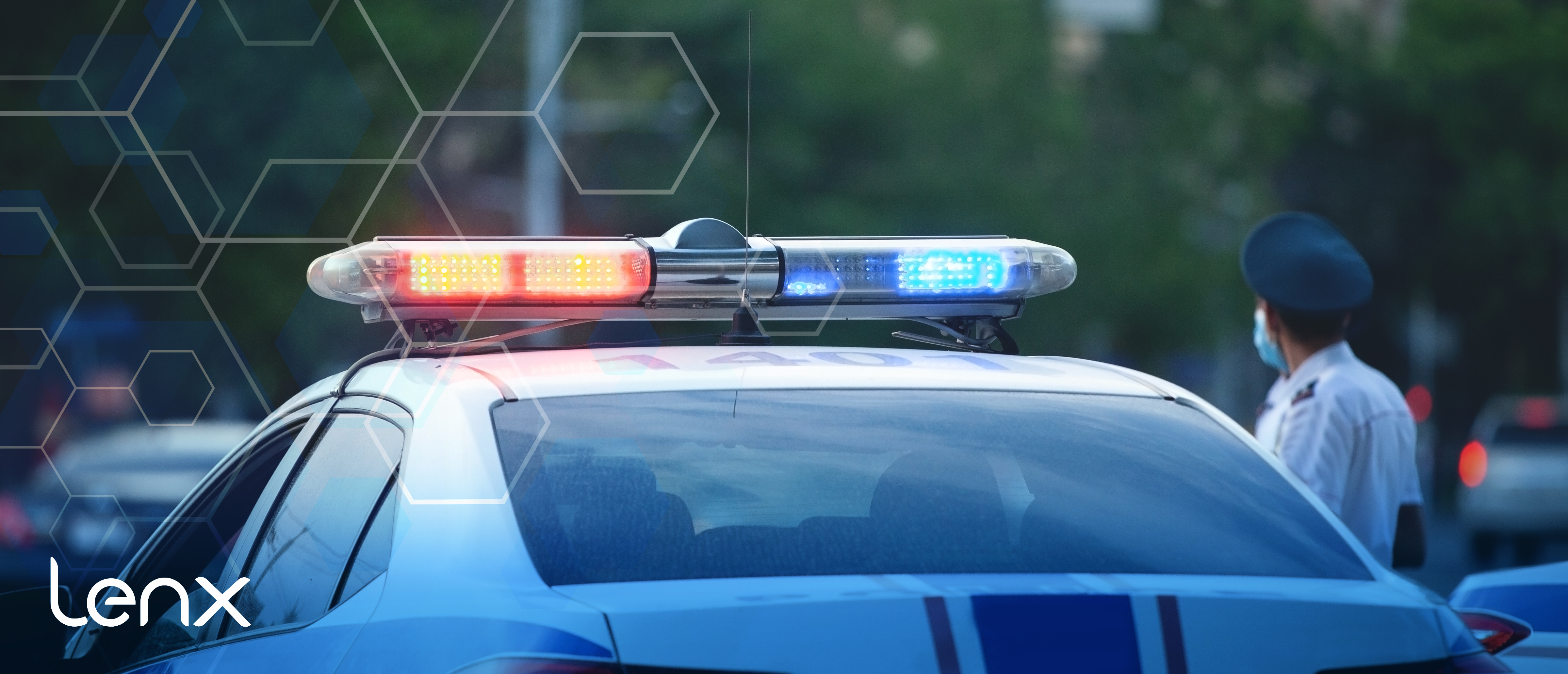
Training Dispatchers To Work With AI Security And Active Shooter Detection Systems
The rising concern of active shooter incidents in schools has necessitated advanced security measures. AI security integration is one such measure that promises rapid and accurate threat detection.
This article aims to guide school security dispatchers and administrators on the effective use of AI in active shooter detection. It will delve into the training required to operate these systems and the benefits they offer.
From understanding AI's role in threat detection to addressing ethical considerations, we will explore the comprehensive aspects of AI security integration in schools.
Understanding AI Security Integration in Schools
AI security integration involves the use of artificial intelligence in enhancing school security protocols. It is a multidisciplinary approach that involves educators, law enforcement, and technology experts.
AI systems can identify and verify threats quickly, providing real-time updates to dispatchers and law enforcement. This rapid response is crucial during active shooter situations.
However, effective use of these systems requires specific training. Dispatchers must understand how to interpret AI-generated data and respond appropriately.
The Role of AI in Active Shooter Detection
AI plays a pivotal role in active shooter detection. It uses machine learning to improve the accuracy of threat detection over time.
AI security systems can preempt potential threats through gun detection technology. They can also integrate with other safety measures, such as lockdown procedures and evacuation plans.
These systems enhance the decision-making capabilities of security personnel. They provide critical data that can guide immediate response strategies.
Despite their benefits, AI systems also have limitations. Understanding these challenges is key to maximizing their potential in school security.
Key Features of AI Security Apps and Gun Detection Systems
AI security apps provide real-time updates to dispatchers and law enforcement. They can quickly identify and verify threats, reducing response times.
AI gun detection systems use advanced algorithms to detect firearms. They can alert security personnel even before a potential shooter opens fire.
These systems can also integrate with existing school security protocols. This interoperability ensures a seamless response during critical incidents.
Training Requirements for Effective System Use
Dispatchers need to understand how AI security systems work. They must be trained to interpret alerts and respond appropriately.
Training should also include updates as AI technology evolves. This ensures dispatchers can effectively use the latest features.
Simulation drills can help dispatchers practice their skills. These drills mimic real-life scenarios, preparing dispatchers for actual incidents.
Ethical Considerations and Privacy Concerns
AI security systems in schools raise ethical and privacy concerns. Schools must balance safety needs with respect for student privacy.
Data security is crucial in AI systems handling sensitive information. Schools must ensure that data is protected and used responsibly.
Transparency and accountability are also important. Schools should communicate how they use AI security systems and address any concerns.
Case Studies: AI Security Systems in Action
AI security systems have proven effective in various schools. For instance, some schools have seen faster response times to threats.
In other cases, AI has helped reduce the workload on human dispatchers. This allows them to focus on critical decision-making during emergencies.
These case studies highlight the potential of AI in enhancing school safety. However, each school's experience may vary based on their specific needs and circumstances.
Best Practices for AI Security System Maintenance
Maintaining an AI security system requires regular updates. This ensures the system stays current with evolving threat patterns and detection techniques.
Additionally, dispatchers should receive ongoing training. This helps them adapt to changes and improvements in the AI system.
Preparing for the Future of AI in School Security
AI security technology is rapidly advancing. Schools must stay informed about these developments to leverage new capabilities and enhance their security protocols.
Future AI systems may offer more sophisticated threat detection. This includes identifying non-violent threats and broader security applications.
Conclusion: Embracing AI for Safer Schools
AI security integration is a powerful tool for enhancing school safety. It offers rapid, accurate threat detection and eases the workload of human dispatchers.
Embracing AI technology is a proactive step towards creating safer learning environments. It's an investment in our children's future.

